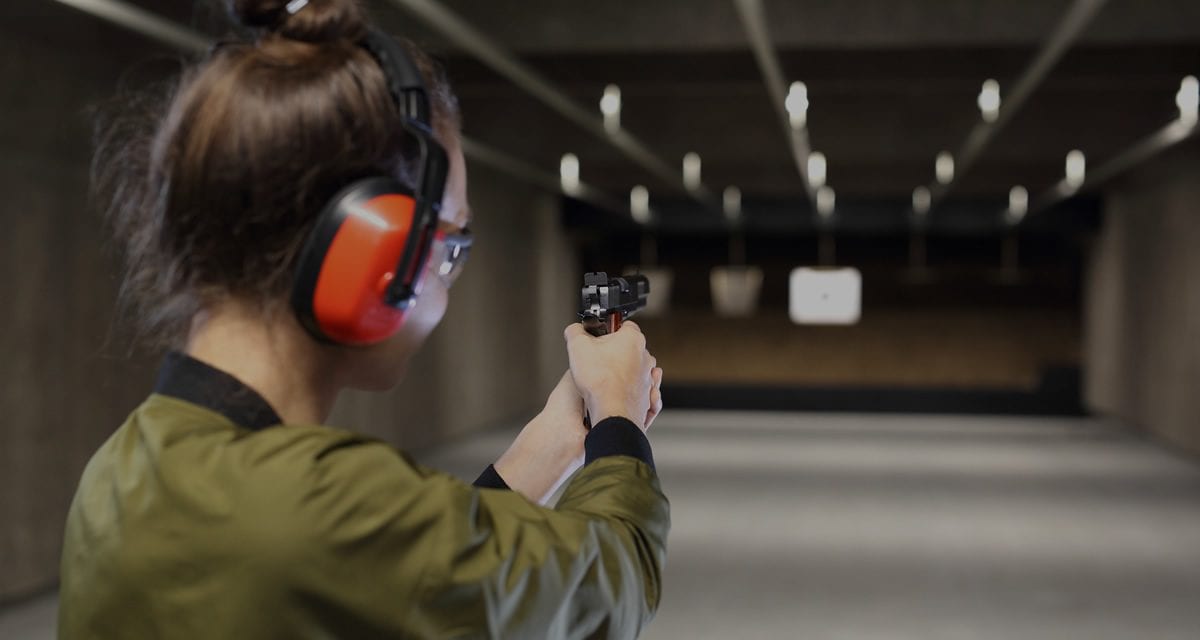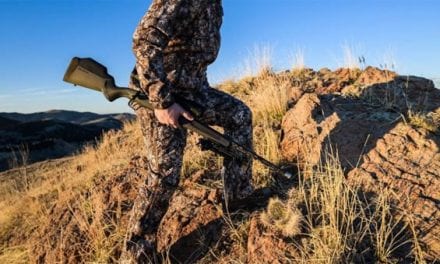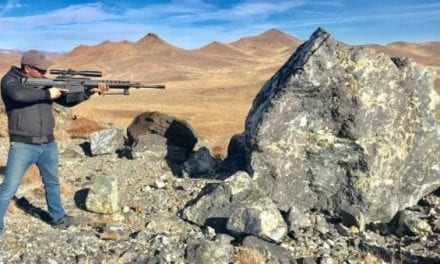by Charles R. Drago, Editor, OEL Magazine
In the final analysis it is not about empowerment, or leveling the playing field, or addressing a perceived need to demonstrate physical strength, emotional stability and practical judgment. The story of the dramatic increase of women owning guns in America is one of the human needs for self-expression and self-defense.
Writing in the June 28, 2018 issue of Glamour (www.glamour.com/story/how-the-nra-is-trying-to-reach-women), Ben Wofford noted that, “As the percentage of men owning guns has dropped precipitously over two decades, according to a Harvard-Northeastern study, the percentage of women has ticked up—from 9 percent in 1994 to 12 percent in 2015—a swelling of roughly 5 million. Handgun sales, the heart of the industry, have been particularly buoyed by this: Women make up 20 percent of long-gun owners (rifles, shotguns, and the like), but 43 percent of those who own only handguns are female.”
Wofford added, “Meanwhile the NRA has been changing attitudes. In 2012, according to the Pew Research Center, 40 percent of women agreed that owning a gun is more likely to protect someone from crime than to put their safety at risk. By 2014 that number was 51 percent.”
One cannot address any issue relating to gun ownership in America without coming to grips with some sobering statistics. Wofford concisely addressed the matter: “In the United States, 50 women are shot each month by current or former partners, 4.5 million report having been threatened by one with a gun, and American women are 16 times more likely to be killed by a gun than women in other developed countries.”
These numbers present women with a choice that is acknowledged and leveraged by interest groups at both ends of the political spectrum: Take up arms, or rail against them?
Before we resort to stereotyping, let us examine a few more statistics proffered by Wofford: “A full 60 percent of Republican women gun owners favor banning assault weapons. Nearly as many favor a government-backed national gun registry, the NRA’s ultimate red line.”
The breakdown of support for stricter gun control laws deviates along gender lines – a fact taken into account by the NRA. Wofford tellingly notes, “According to a 2017 Gallup poll, about 60 percent of women consistently support stricter gun restrictions, compared with around 40 percent of men. ‘The demographics of the country threaten the NRA,’ says Adam Winkler, a law professor at the University of California, Los Angeles, who has written extensively about gun politics. If the gun lobby was serious about protecting its political flank, Winkler says, ‘the NRA had to target women.’”
Wofford lends weight to this strategy when he quotes one woman who twice voted for Obama: “’I am not a Trump supporter … I’m not the type of person that, if [a candidate] is talking about gun control, I’m going to vote [for or against them] on that topic only.’”
Nowhere is what one pundit termed “the feminizing of American guns” more clearly reflected than in the proliferation of firearms training classes designed to accommodate women’s professional and domestic schedules and develop gender-driven comradery.
A textbook example is worth considering. When The Range at The Preserve in Richmond, Rhode Island – designed to be America’s longest underground, automated range with 150-yard lanes – was in its planning stages, owner Paul Mihailides insisted that an educational component be included in plans that also called for placement of the range in new, 50,000 SF lodge that also would encompass members’ vault room and lounges, related amenities, and a 25,000 SF, two-level retail space that could only be described as an “everything outdoor superstore.”
And so The Preserve Academy was born.
The Range at The Preserve opened its doors in June, 2018. At the same time, The Preserve Academy presented a host of firearm safety related classes for beginners through experts. All are taught by NRA-registered instructors.
“Ladies’ Pistol” is among the first group of course offerings. Here is the description from The Range on-line brochure:
Ladies Pistol (100)
This four- hour class covers firearm safety and shooting fundamentals in the classroom, and then it’s off to the range. We cover grip, stance, ready positions, loading, unloading, shooting drills, and more, all at a controlled and comfortable pace designed for the new shooter.
This is the perfect class if you have never fired a gun or are a beginning shooter. This course will give you a solid foundation in firearm safety and basic shooting skills which you can build upon in more advanced classes.
Students can bring their own firearm, 100 rounds, eye, and ear protection, or it will be provided by The Preserve.
“Ladies’ Pistol” is taught by Robert Cardente, a law enforcement firearms instructor, CEO of Armed and Ready Consulting, and Chief Firearms Instructor at The Preserve. Bob’s teaching style is both authoritative and warm. He provides experiential context and social awareness to his students as they progress through a hands-on curriculum that includes shooting time at The Range.
Response to “Ladies’ Pistol” has been strong. Plans are underway to expand women-focused courses at The Preserve Academy designed for all skill levels. Consistent across this spectrum is respect for women’s strength and judgement – and acknowledgment of the physically precarious position in which many women find themselves in a society allegedly freed from the bonds of sexism.
We return to Ben Wofford’s Glamour article for a neat closer: “One of NRATV’s most popular programs, Love at First Shot (sponsored by Smith & Wesson), is hosted by Natalie Foster, founder of Girl’s Guide to Guns … Anne Fosnocht is a 26-year-old graduate student at University of Pennsylvania and would be a perfect NRA recruit: She’s a liberal, single woman in a big city who’s also been skeet shooting a few times. Glamour asked her to watch Love at First Shot to see whether its message was tempting. ‘I actually think their marketing is kind of alienating,’ she reported after a few episodes. ‘In my mind, it’s a little bit manipulative—playing on women’s feeling of weakness, that they lack power. Women are disproportionately affected by gun violence, so it’s a little ironic.
“Fosnocht stopped midsentence, as if seized by her next thought. Eventually, it spilled out: ‘But you know that episode where the girl is doing the competition? I was like, Oh, that does seem kind of fun.’ She laughed: ‘It was a little bit outlandish. But I was thinking I’d like to do it.’”















